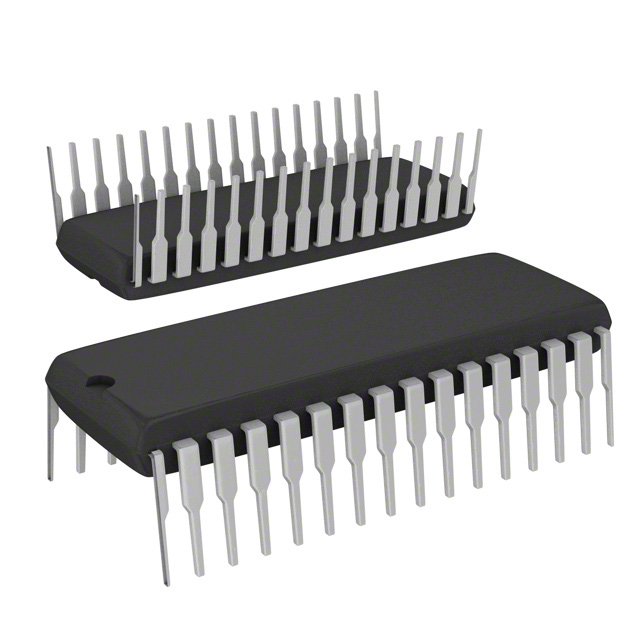

STMicroelectronics
ST72F262G2B6
Microcontrollers




.png?x-oss-process=image/format,webp/resize,p_30)


ST72F262G2B6 Description
ST72F262G2B6 is a high-performance, low-power microcontroller manufactured by STMicroelectronics. It is based on the 8051 microcontroller architecture and is designed for a wide range of applications, including industrial control, consumer electronics, and automotive systems.
Description:
The ST72F262G2B6 is a 16-bit microcontroller with a clock speed of up to 25 MHz. It features a Harvard architecture, which allows for separate instruction and data buses, resulting in faster execution of code. The device is available in a 100-pin LQFP package.
Features:
- 8051-compatible CPU core with a clock speed of up to 25 MHz.
- 128KB of on-chip flash memory for program storage.
- 8KB of on-chip SRAM for data storage.
- 2KB of EEPROM for non-volatile data storage.
- 4-channel 10-bit ADC for analog input.
- 2-channel 8-bit DAC for analog output.
- UART, SPI, and I2C communication interfaces.
- 2-channel CAN bus interface for high-speed communication.
- PWM timer for motor control and signal generation.
- RTC with battery backup for real-time clock functionality.
- Low-power sleep mode for energy efficiency.
- On-chip debug support for easy development and debugging.
Applications:
- Industrial control systems: The ST72F262G2B6 can be used in applications such as motor control, sensor interfacing, and data acquisition systems.
- Consumer electronics: The microcontroller can be used in devices like smart appliances, wearable devices, and portable electronics.
- Automotive systems: The ST72F262G2B6 can be used in automotive applications such as engine control, infotainment systems, and safety systems.
- IoT devices: The microcontroller's communication interfaces and low-power capabilities make it suitable for IoT devices and smart home applications.
- Medical devices: The ST72F262G2B6 can be used in medical devices for data acquisition, monitoring, and control.
In summary, the ST72F262G2B6 is a versatile and powerful microcontroller that offers a range of features suitable for various applications. Its compatibility with the 8051 architecture, combined with its low-power capabilities and communication interfaces, make it an ideal choice for many embedded systems.
Tech Specifications
ST72F262G2B6 Documents
Download datasheets and manufacturer documentation for ST72F262G2B6
 ST7226xGx
ST7226xGx  ST6/ ST7 Obs 08/Jul/2015
ST6/ ST7 Obs 08/Jul/2015  ST7226xGx
ST7226xGx Shopping Guide















.png?x-oss-process=image/format,webp/resize,h_32)










